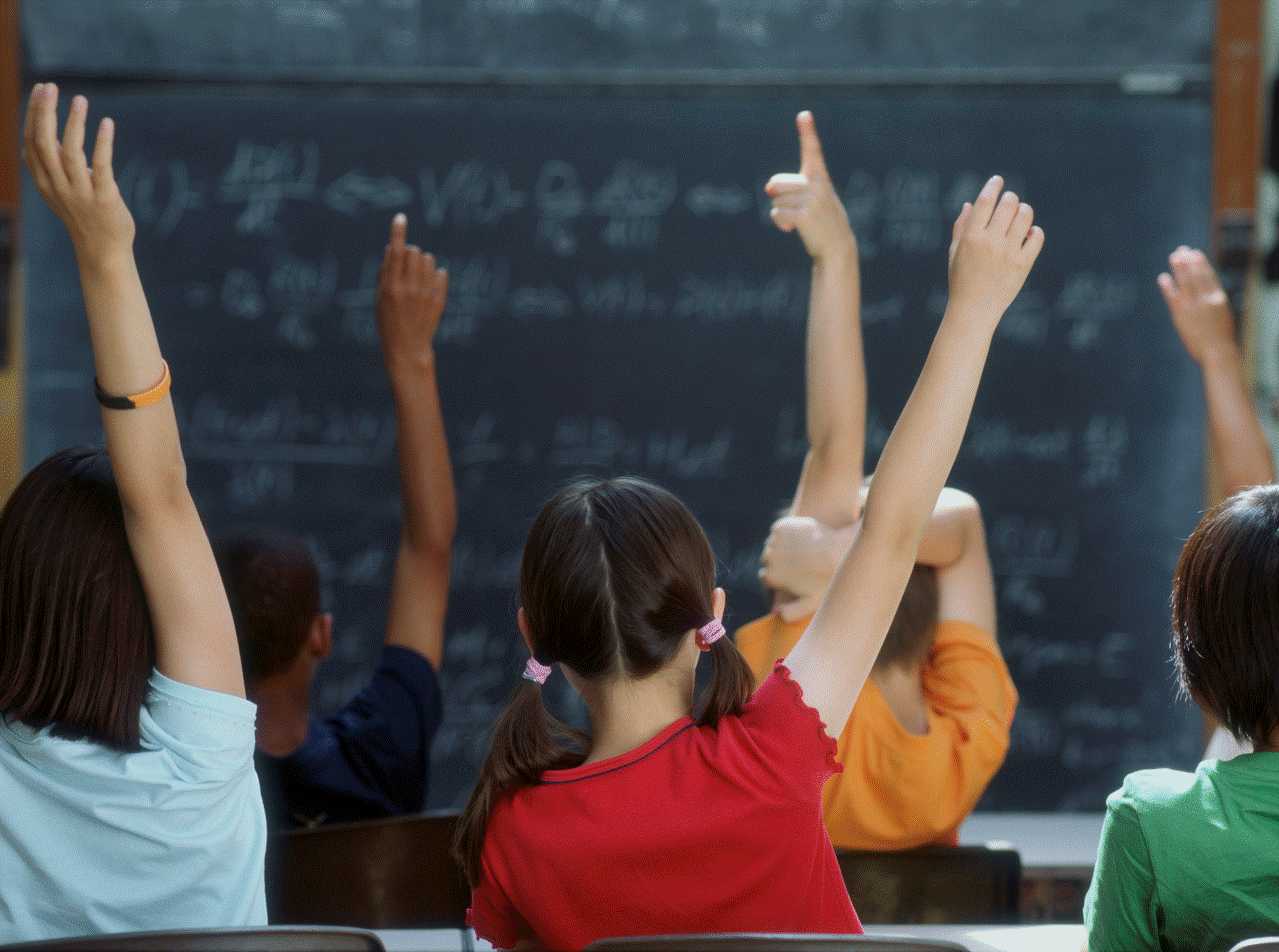
Various studies have shown that generally boys’ and girls’ brains are different. In this article, we shall look at the impacts of those differences on learning in a co-educational environment.
Since the connections between the right and left hemispheres of a girl’s brain remain intact, she has the natural ability to play and work at the same time and be productive at both. With boys, however, the reduced connections between their left and right brain hemispheres allows them to give any subject undivided attention. Boys can, therefore, work or play, and can be very productive at one or the other, but generally not both at the same time.
Recognizing this concept makes learning an efficient exercise for both sexes. A boy has the natural ability to concentrate on one thing at a time. If he quietly tries to understand a subject in steps, one step at a time, he should succeed.
Girls have the natural ability to concentrate on more than one thing at a time. Girls, therefore, have the ability to consider different criteria at the same time to find solutions to problems. Boys, however, would need to follow the more time-consuming approach of considering each criterion separately to achieve the same result.

This has an impact on the design of examination questions and the time allotted to complete each question. However, it does not impact learning, just the measure of whether learning has occurred. There is, however, one major challenge that has an impact on learning.
Puberty begins at around age ten and lasts until about age 18. During this time, hormones are released in the body that cause physiological and emotional changes in both sexes. One change is that the sexes become attracted to each other. This is a new and exciting experience for teenagers as they find themselves fascinated with the opposite sex. In the classroom, the academic information usually competes with an attractive girl for the boy’s attention, and the wish to study pales in comparison to the desire to win the affection of an attractive girl.
If an attractive girl is sitting near a boy in the classroom, or facing him across a table in a science lab, then it becomes very difficult for the boy to concentrate on his studies. The heightened feelings of self-consciousness, and the strong and almost constant desire to impress the girl is not an emotional state that facilitates learning. Girls also find boys fascinating, however, they have the ability to feel the emotional attraction and concentrate on their studies. The attraction that they feel then does not have to compete with their concentration on their studies. Whereas boys can either feel the emotional attraction or concentrate on their studies.
Boys who do well generally do so because they are either disciplined enough to study the classroom material later by themselves, or they receive supplementary tutoring from relatives, friends, or teachers. Completing homework is, therefore critical, to the academic success of boys in the co-educational system, for it forces them to review the material presented in the classroom. However, for some subjects, preparing homework is an inefficient exercise if the classroom material was not understood.
Some subjects can be reviewed without the assistance of a teacher and be understood with some effort, however, there are other subjects that need a teacher. Fundamental concepts of subjects like mathematics, physics, chemistry and foreign languages need to be taught by teachers. Otherwise, the material will not be learned efficiently leading to the syllabus not being completed in time for progression to the next level.
Every student can achieve academically, however, the co-educational environment does not help the concentration required of boys for academic learning. To facilitate a system that is not so disadvantageous to boys, perhaps consideration can be given to making the classes of our co-educational schools unisex.

Be the first to comment